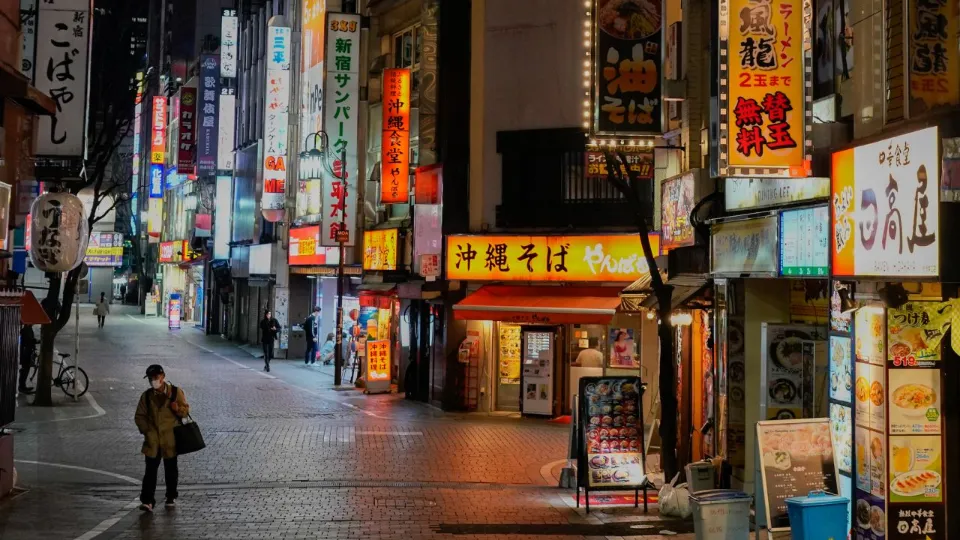A recent government survey found that nearly 1.5 million people in Japan have become reclusive and live lives largely confined within the confines of their homes.
These are Japan’s hikikomori, or shut-ins, defined by the government as people who have been isolated for at least six months. Some people only leave their homes to go grocery shopping or engage in sporadic activities, while others never even leave their bedrooms.
The phrase was first used in the 1980s, and authorities have been growing more concerned about it for the past ten years, but a survey conducted last November by the government’s Children and Families Agency found that Covid-19 has made matters worse.
The nationwide survey found that among 12,249 respondents, roughly 2% of people aged 15 to 64 identified as hikikomori, with a slight increase among those aged 15 to 39. According to a representative from the agency, 1.46 million social recluses are estimated to be present in Japan if that percentage is applied to the entire population.
Common reasons cited for social isolation were pregnancy, job loss, illness, retirement and having poor interpersonal relationships –but a top reason was Covid-19, with more than a fifth of respondents attributing a significant part of their reclusive lifestyle to the pandemic.
The effects of Covid-19 on respondents weren’t discussed in any further detail.
Why won’t 541,000 young Japanese people leave the house?
Japan, like many countries in East Asia, maintained stringentpandemic restrictions well into 2022 even as other places embraced “living with Covid.” More than two years after the pandemic started, it wasn’t until last October that its borders were once again open to foreign travelers, ending one of the strictest border controls in the world.
But the effects of the previous few years are still very evident.
“Due to Covid-19, opportunities for contact with other people have decreased,” said a separate paper published February in the National Diet Library of Japan.
The pandemic may have exacerbated already-existing social issues like loneliness, isolation, and financial hardship, the report continued, citing an increase in reported suicides as well as child and domestic abuse.
Experts previously told CNN that while societal factors like Japan’s patriarchal norms and demanding work culture also play a role, hikikomori is frequently thought to result from psychological problems like depression and anxiety.
Japan’s aging population
Hikikomori, however, was a problem in Japan long before the pandemic, connected to the country’s population crisis.
Since the 1980s economic boom, Japan’s population has been steadily declining, and both the fertility rate and the annual birth rate have recently reached all-time lows.
As people age out of the workforce and into retirement, the elderly population is growing, which is problematic for an already-stagnant economy. Things are so dire the prime minister warned this year that the country was “on the brink of not being able to maintain social functions.”
For families with hikikomori members, this poses a double challenge, dubbed the “8050 problem” – referring to social recluses in their 50s who rely on parents in their 80s.
Authorities have also pointed to other factors, such as the increase in single adults as the allure of dating and marriage declines and the deterioration of real-world ties as people move their communities online.
This community’s quarter century without a newborn shows the scale of Japan’s population crisis
A regional support organization for hikikomori was established in 2018 by the Ministry of Health, Labor, and Welfare of Japan to assist those affected by the phenomenon.
“We believe that it is important to restore ties with society while providing detailed support for those who have withdrawn by attending to their individual situations,” said 2019 photograph of Takumi Nemoto, the ministry’s previous leader.
He added that local and national authorities had launched various services such as consultations and home visits to those affected by hikikomori, housing support for middle-aged and older people, and other community outreach efforts for “households that have difficulty reporting an SOS on their own.”
However, these efforts were overshadowed by the difficulties brought on by the pandemic, which prompted the government to start conducting national surveys on loneliness in 2021 and to release a more comprehensive plan of countermeasures in December 2022.
Some measures include pushing public awareness and suicide prevention campaigns through social media; assigning more school counselors and social workers; and continuing a 24/7 phone consultation service for those with “weak social ties.”
Additionally, there are programs designed specifically for single-parent households, including meal plans for the kids, housing loans, and planning services for people going through divorce.
According to the government’s plan, the pandemic may have made people feel more alone but it also may have brought attention to issues that are already present but are typically ignored.
“As the number of single-person households and elderly single-person households is expected to increase in the future, there is concern that the problem of loneliness and isolation will become more serious,” it said.
“Therefore, the government will need to deal with the issues of loneliness and isolation that are endemic to Japanese society even if the spread of Covid-19 is eventually contained.”
Source: CNN



